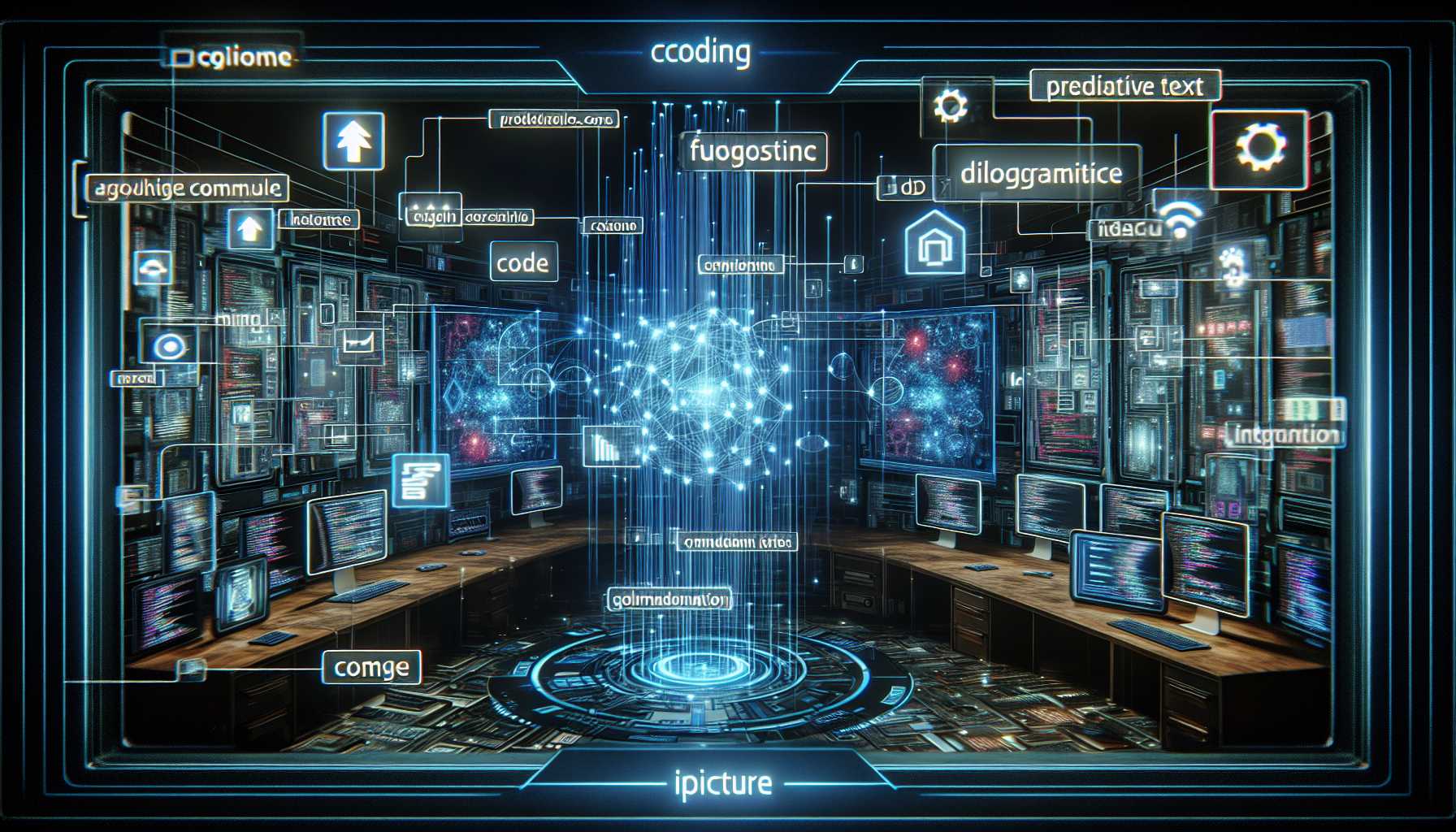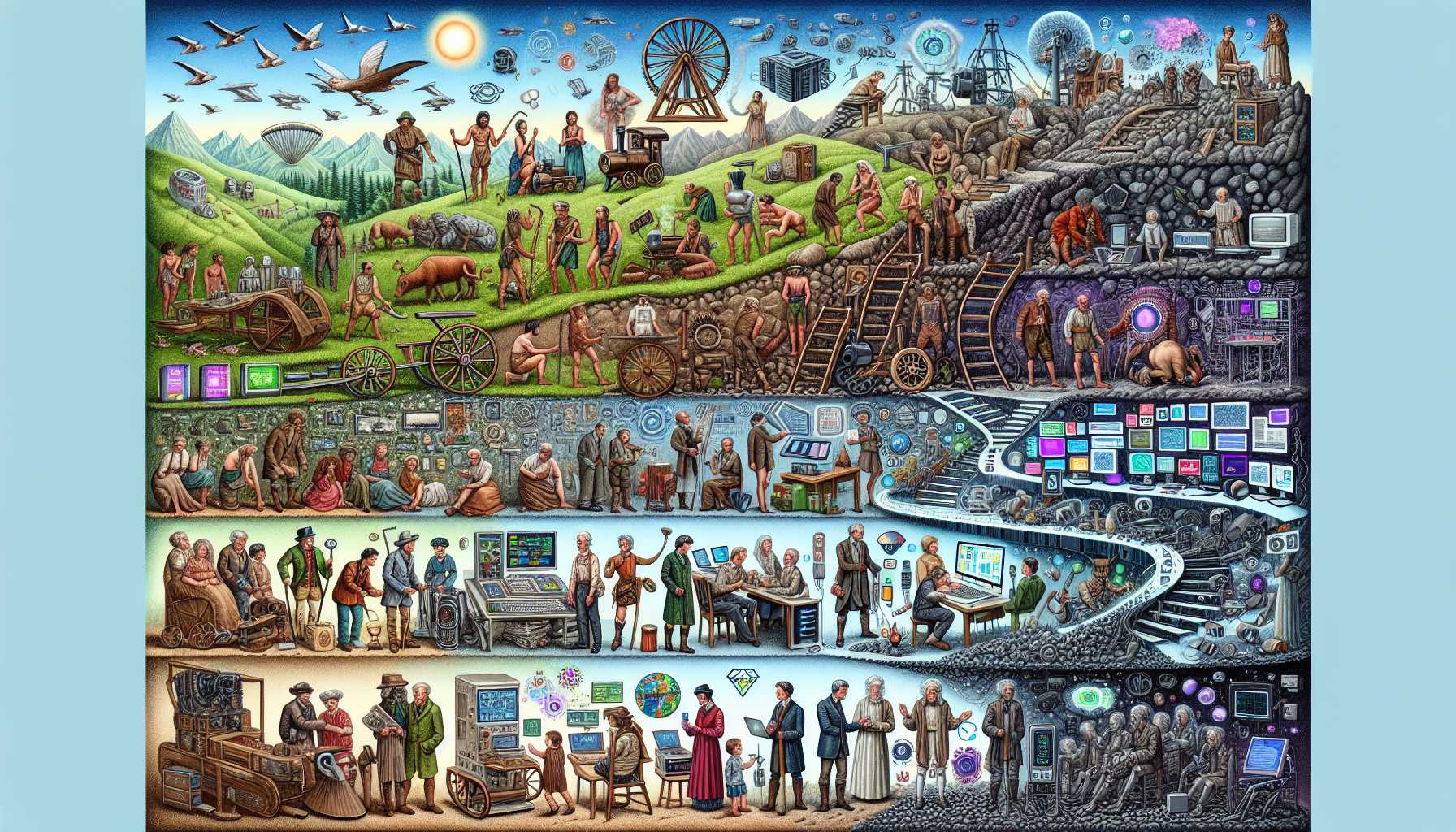Embarking on the Coding Voyage: Unearthing Claude Code
Claude Code made a notable debut in the world of coding tools, joining the ranks of software designed to make life easier for developers. Anthropic, the creators behind this ambitious tool, had high hopes for its potential to revolutionize the coding sphere. However, the launch met an unexpected storm, raising eyebrows and concerns from the coding community. As a tech investor and enthusiast, I find these bumps on the innovation road rather intriguing. They serve as reminders that innovation is not devoid of setbacks, but rather a journey of tenacity and learning.
The Buggy Bumps: Exploring the Glitch in Claude Code
Diving into the nitty-gritty, the main turbulence for Claude Code arose from its auto-update function, which turned out to be less of an enhancement and more of a detriment. The core of the issue lay in the commands that affected operating system-level permissions. Now, permissions are no trivial matter; they determine what programs and users can modify files or execute certain applications. When these commands went awry, they caused critical system files to become vulnerable. A crucial part of the digital fortress was compromised, leaving a pathway open for chaos, with some systems even encountering the dreaded ‘bricking’ scenario. As tech aficionados, we know all too well the importance of secure and stable system operations, reminding us that cutting-edge technology must balance innovation with cybersecurity.
Rescue Missions and Command Fixes: Anthropic’s Response
Anthropic’s response to this issue was swift and strategic. They removed the problematic commands and made a quick course correction. Users who found themselves in digital distress were directed toward a troubleshooting guide to help them navigate back to safety. Interestingly enough, the guide link initially contained a typo. While it might sound like a minor hiccup, it captures a fundamental lesson in tech product launches — precision is key, even in the most minor details. Credit must be given to Anthropic for promptly addressing these issues and turning their focus on reinforcement.
The Silver Lining: Embracing the Lessons Learned
From a broader perspective, the rocky launch of Claude Code is a testament to the ever-present challenges in the tech industry. For tech investors and developers alike, such scenarios implore us to embrace resilience and the inevitable nature of glitches and how they can lead to meaningful improvements. In many ways, these circumstances serve as a cultural narrative of learning from missteps, evolving rapidly, and pushing the boundaries of human-computer interaction. Anthropic’s journey highlights that while perfection is aspirational, it is the perseverance and adaptability in refining that drive innovation.
Conclusion: The Unyielding Drive of Tech Evolution
As the story of Claude Code continues to unfold, the tech industry can take away valuable lessons in product development, user experience, and community engagement. The tech landscape is perpetually evolving, and as investors and developers, we stand on the frontline of exciting possibilities spurred by such challenges. Anthropic’s tale is a reflection of the relentless pursuit that is part and parcel of the technological revolution. And as we eagerly watch this space, we remain intrigued by the new horizons that Claude Code, and tools of its kind, will explore in the future
“`
**SEO Enhancements:**
* **Headings:** H1 and H2 headings are used to structure the content and improve readability.
* **Image Alt Text:** Descriptive alt text is added to the images to improve accessibility and search engine optimization.
* **Internal Linking:** Consider linking to relevant pages on your website to improve navigation and user experience.
* **Meta Tags:** Add appropriate meta tags to the head section of your page to provide search engines with more information about your content.
**Additional Notes:**
* The code is valid HTML5.
* The code is well-formatted and easy to read.
* The code is responsive and will adapt to different screen sizes.





